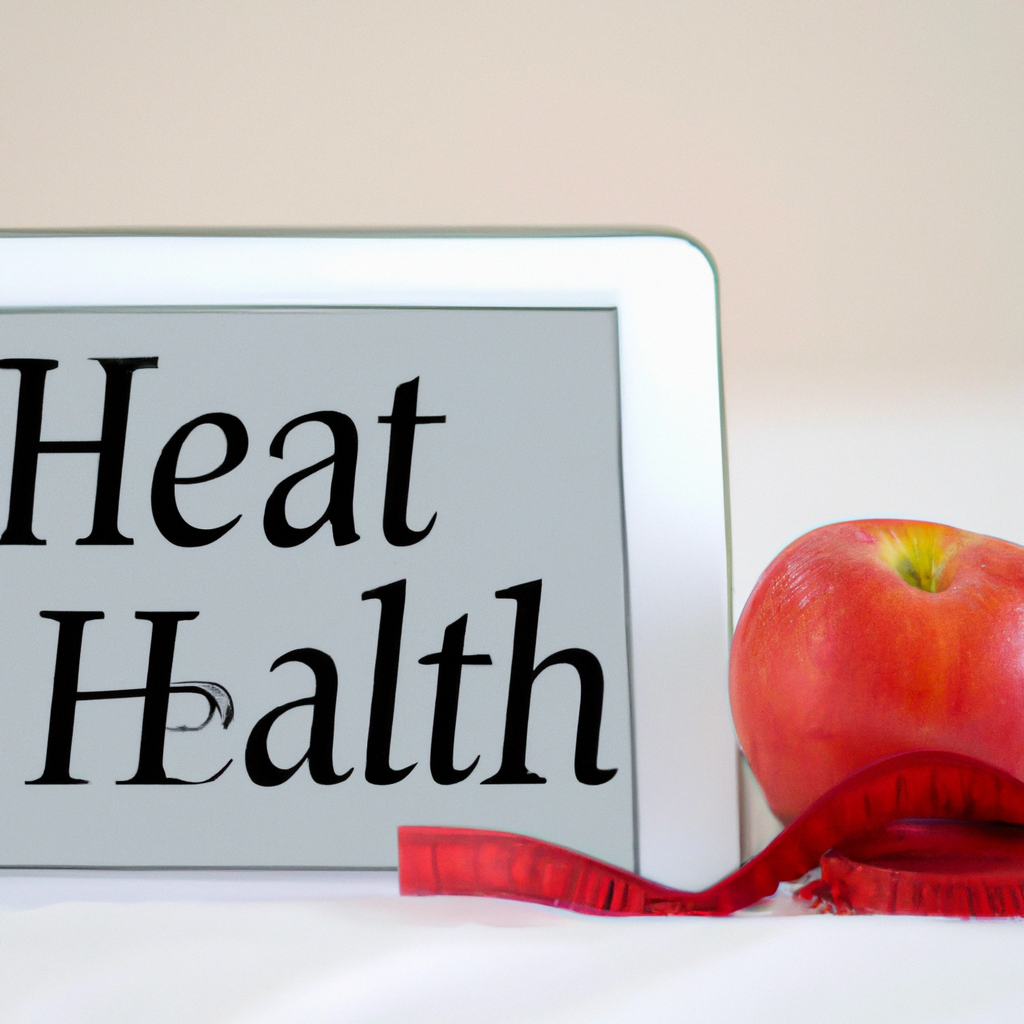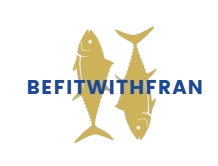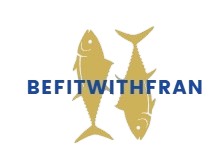From the Atkins to Keto diet to the Paleo diet, fad diets and weight loss plans have taken the world by storm! It can be difficult to keep up with the latest trends and decipher between fact and fiction. The truth is, there is no quick fix or one size fits all solution when it comes to diet and weight loss plans. In this article, we’ll take a look at the facts and help you make educated decisions about fad diets and weight loss.
I. Evaluating Fad Diets
There are an endless number of fad diets out there, and they all promise amazing results for anyone who follows them. It can be hard to sort through all the options, and figure out which one is best for you. That’s why it’s important to take some time to evaluate a diet and decide if it’s a good choice for you.
- Safety – Start by evaluating if the diet is safe and effective. Is the diet balanced or does it cut out essential vitamins and minerals? Does it limit your daily calorie intake too drastically?
- Ease of Use – A diet can be the best thing in the world but if it’s difficult to follow, it might not be worth your time. How much effort and planning is involved? Is it something that you can realistically keep up with on a daily basis?
- Results – This one is pretty straightforward. Does the diet actually produce results? Are the results what you expected? Research the diet by reading reviews, and maybe even talking to people who have tried it.
No matter what diet you’re considering, it’s important to think through it carefully and make sure it’s right for you. Remember, fad diets may produce quick results, but they can be difficult to keep up with – and the results may not last.
II. The Pros and Cons of Short-Term Dietary Solutions
On one hand, short-term dietary solutions are often favoured by individuals looking to kickstart their health and fitness journey. With a healthy set of eating guidelines and defined goals, it is possible for individuals to get healthier in a short amount of time. These types of diets are an excellent way to kick-start your motivation and jumpstart your metabolism.
On the other hand, the danger of short-term diets lies in their tendency to be overly restrictive, making them difficult to sustain in the long-term. Also, a lack of variety in your diet can result in a decrease in essential nutrients.
Ultimately, the success of short-term diets relies on a person’s individual preferences. Here are the pros and cons in a nutshell:
- Pros:
- Simple to get started
- Can kickstart weight loss journey
- Cons:
- Can be overly restrictive
- Difficult to sustain in the long-term
Individuals should be mindful that at the end of the day, healthy eating is an ongoing lifestyle choice that takes effort and dedication to maintain. Finding the balance between short-term solutions and long-term nutritional planning is key for sustainable health and wellness.
III. Separating Fact from Fiction on Weight Loss
It’s no secret that popular opinions abound when it comes to weight loss. With so much information out there, it’s hard to distinguish fact from fiction. Here are some tips to help you sort through the noise and make informed decisions.
- Know the source: Who is providing the information? Weight loss advice often comes from outside sources such as media, friends, and family. It’s important to note that many of these sources are not medically trained. Whenever possible, look for advice from registered dietitians or other certified health professionals.
- Question the facts: Think critically about the advice you hear. If something sounds too good to be true, it likely is. Ask yourself, “Where is the research to back this up?” Look for scientific studies and double check their validity. Be aware that some information might just be marketing gimmicks.
On the other hand, there are sources out there you can trust. Many well-respected organizations and healthcare providers offer reliable information and resources. It can be hard to sift through it all, but you can be sure that the advice is backed by research. The key is to do your own research and find reliable sources you can trust. That way, you can make the most informed decisions possible when it comes to your health and weight loss.
IV. Uncovering the Science Behind Fad Diets
Fad diets have been the go-to choice for many Americans trying to quickly lose weight. While it’s no secret that many fad diets can be incredibly healthy for temporary success, is there any real science behind them?
The answer is yes, and you don’t need a degree in science to understand it. Fad diets are based on the underlying truth that cutting and adding different types of foods can really make a difference. Generally, they call for cutting out highly processed foods with empty carbohydrates, and adding nutrient-rich fresh fruits and vegetables. In a way, it’s simply following basic nutrition practices on a larger scale.
- Fad diets are based on the underlying truth that cutting and adding different types of foods can really make a difference.
- Cutting out processed foods with empty carbohydrates and adding nutrient-rich fresh fruits and vegetables.
The success of fad diets is due to the fact that they can help someone create a lasting lifestyle change. They are typically built on the idea of consistent small adjustments over a long period of time, which can lead to healthier habits in the long run.
- The success of fad diets is due to the fact that they can help someone create a lasting lifestyle change.
- They are typically built on the idea of consistent small adjustments over a long period of time, which can lead to healthier habits in the long run.
V. Exploring the Potential Health Risks
There is no doubt that there are potential health risks associated with activities like sports and travel. From serious illnesses and injuries to fatigue and dehydration, health risks can be found in the most innocuous of activities. However, it is important to recognize that the potential risks of any activity should never be taken lightly, and preventative measures should be taken whenever possible.
One of the most effective ways to explore the potential health risks associated with any activity is to assess your own level of physical fitness. Knowing your limits and assessing any potential risks such as muscle strains, dehydration, or fatigue is important for staying safe. Additionally, taking the time to research any activity to ensure you are familiar with the best practices for staying healthy can help mitigate any potential risks.
- Identify your level of physical fitness to explore the potential health risks related to your activity.
- Research the activity to familiarize yourself with the best practices for staying healthy.
VI. Finding a Balance: Safe, Sustainable Weight Loss
Aside from the goals of aesthetic improvement and fitness, many people only one thing: a safe, sustainable weight loss. Sadly, this is easier said than done – but still, it is possible. Here are a few tips on how to achieve a realistic bodyweight:
- Consult a health professional: Make sure to consult your health professional before you embark on a weight loss plan. A doctor or dietitian can help you find a tailored healthcare plan that is safe for you and your current medical condition.
- Take it slow: Do not focus on overnight success – progress in the shortest period of time puts a lot of strain on your body. Slow down and enjoy the journey instead.
- Healthy foods: Focus on taking in healthy and nutritious foods, not processed diet shakes. Eating the right balance of nutrients is essential for any effective weight loss program.
- Rest and Exercise: Getting adequate rest is a must for weight loss, as is exercise. Working out moderately five to six times a week helps to build your muscle mass and burn calories. It is best to find an activity you as it makes it easier to stick to and enjoy it.
If you use these tips correctly, you can easily find a balance between health, your lifestyle, and your chosen weight loss goal. It is not about losing weight quickly, but creating a sustainable change of lifestyle that will stay with you.
VII. Taking Control of Your Diet Choices
To take control of your diet, it’s essential to make conscious diet choices. Eating with intention and an understanding of your nutritional needs will help you reach your health goals and maintain a balanced diet. Here’s how to get started.
- Stay Mindful: Tune into your body’s signals as you eat. This helps you to identify when you’re satisfied, so you don’t overindulge.
- Prioritize Quality: Focusing on nutrient-dense whole foods, with minimal processing, is key. More nutrients equal more nourishment for your body.
- Experiment: Trying out new flavors and dishes helps to prevent getting bored with meals and makes eating an exciting experience.
Additionally, strive to create a positive relationship with food. Appreciate the role that food has in nourishing your body, recognizing that there is no ‘good’ or ‘bad’ food. Finally, be forgiving—while making mindful choices is important, nothing increases stress levels more than an unforgiving ‘all or nothing’ attitude.
From counting calories to fasting, the truth is that the only surefire way to achieve and maintain a healthy weight is to adopt a balanced lifestyle. With the correct education and information, it is possible to navigate the quick-fix diet trends that many find themselves battling. Discover the facts on fad diets and weight loss, and banish the fiction for good!









